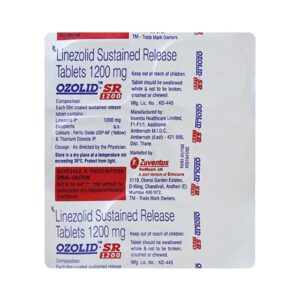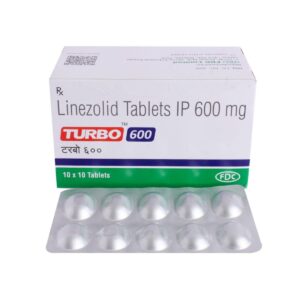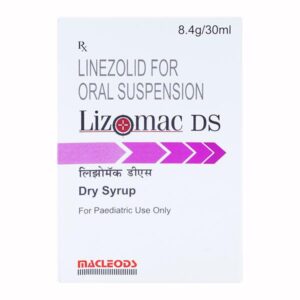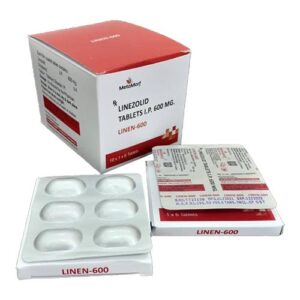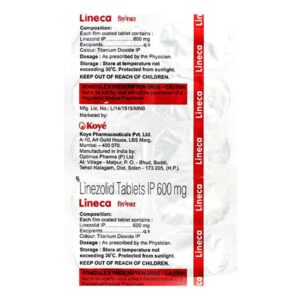LINEZOLID
LINEZOLID: Linezolid is an antibiotic medication that is used to treat various bacterial infections. It belongs to a class of drugs known as oxazolidinones. It is primarily used for infections caused by Gram-positive bacteria, including methicillin-resistant Staphylococcus aureus (MRSA), vancomycin-resistant Enterococcus faecium (VRE), and Streptococcus pneumoniae.
The mechanism of action of linezolid involves inhibiting protein synthesis in bacteria. It binds to the 23S rRNA of the bacterial ribosome and prevents the formation of the initiation complex necessary for protein synthesis. By blocking this process, linezolid effectively stops the growth and reproduction of the bacteria.
The recommended dose of linezolid varies depending on the type and severity of the infection being treated. For most infections, the typical adult dose is 600 mg administered orally or intravenously every 12 hours for a duration of 10 to 14 days. However, the dosing may be adjusted in patients with renal impairment.
Like any medication, linezolid can have side effects. Common side effects include nausea, diarrhea, headache, and dizziness. Less common but more serious side effects may include allergic reactions, bone marrow suppression leading to anemia or low platelet count, and peripheral neuropathy. It is important to seek medical attention if any severe side effects or allergic reactions occur.
Linezolid can interact with certain medications, such as selective serotonin reuptake inhibitors (SSRIs), monoamine oxidase inhibitors (MAOIs), and certain opioids. These interactions can result in serotonin syndrome, a potentially life-threatening condition. Therefore, it is crucial to inform your doctor of all medications you are currently taking before starting linezolid.
Overall, linezolid is an effective antibiotic used for the treatment of certain bacterial infections. However, it is important to follow the prescribed dosage and inform your healthcare provider of any existing medical conditions or medications to prevent potential interactions or adverse effects.

